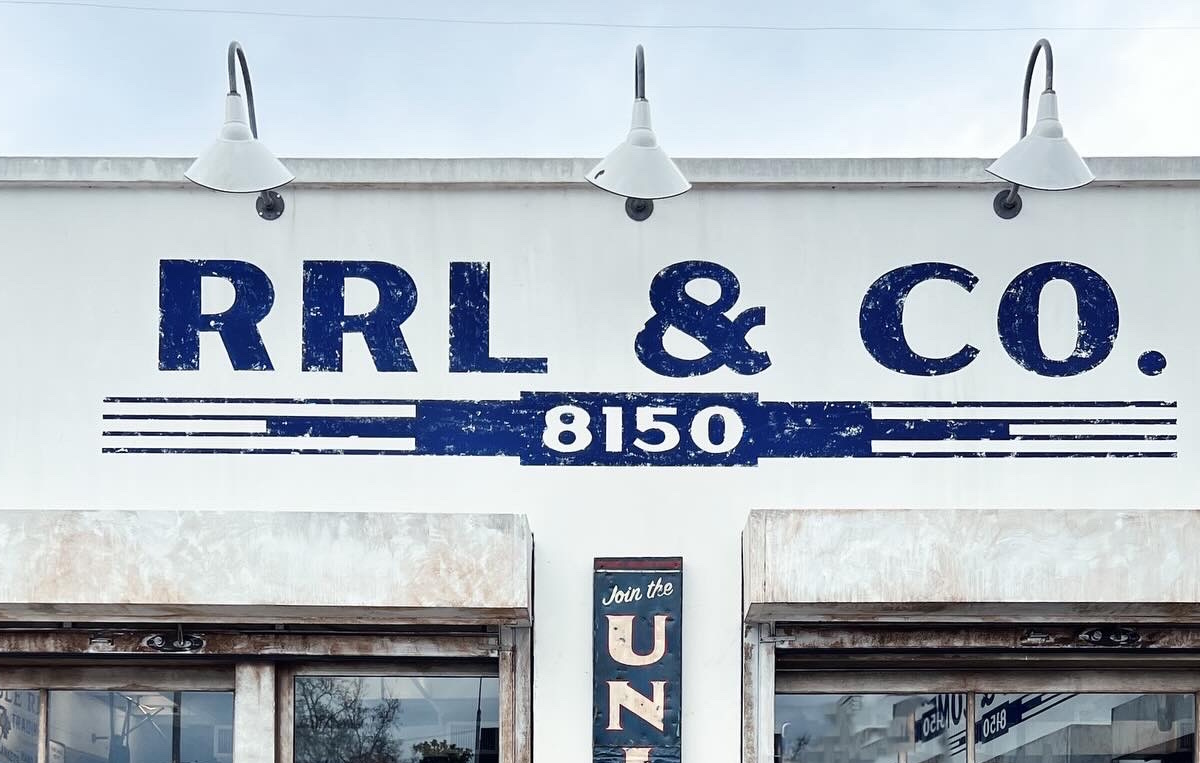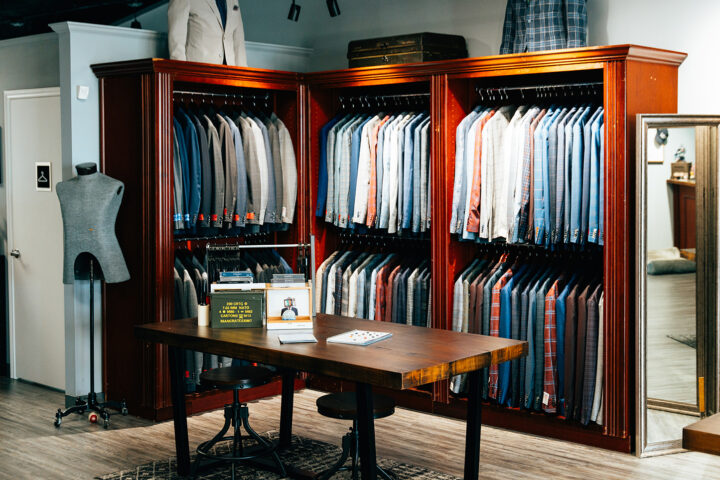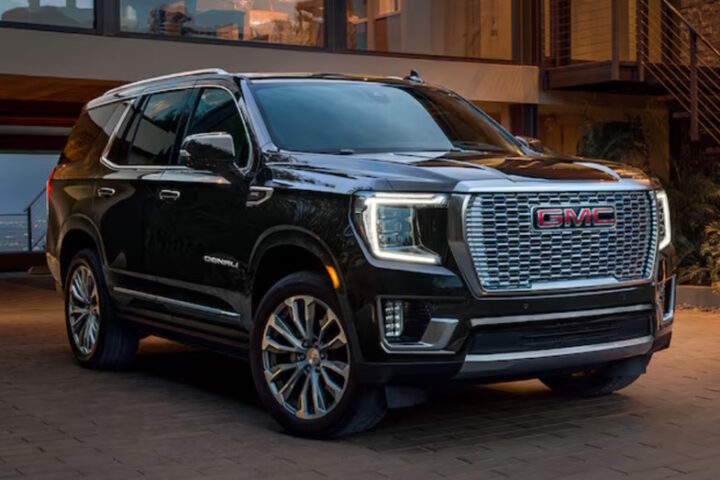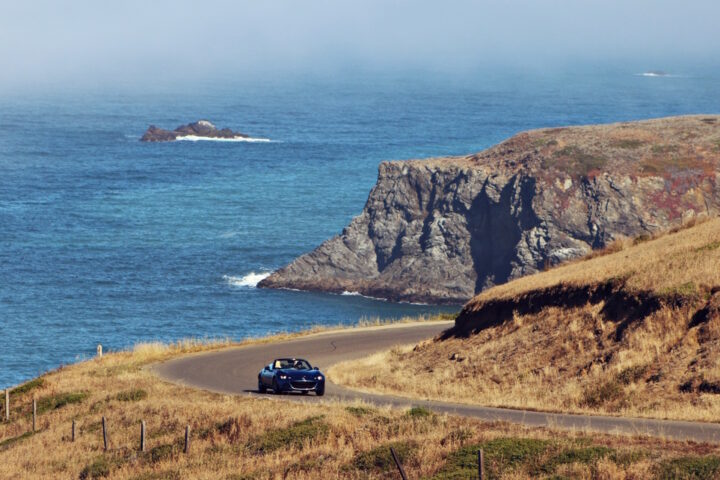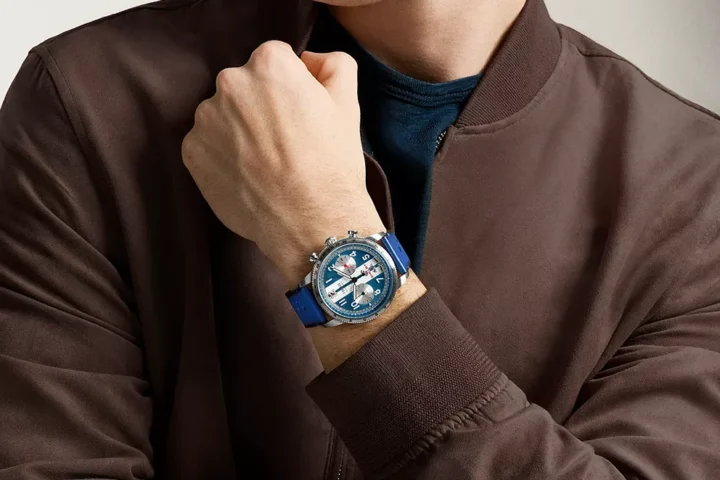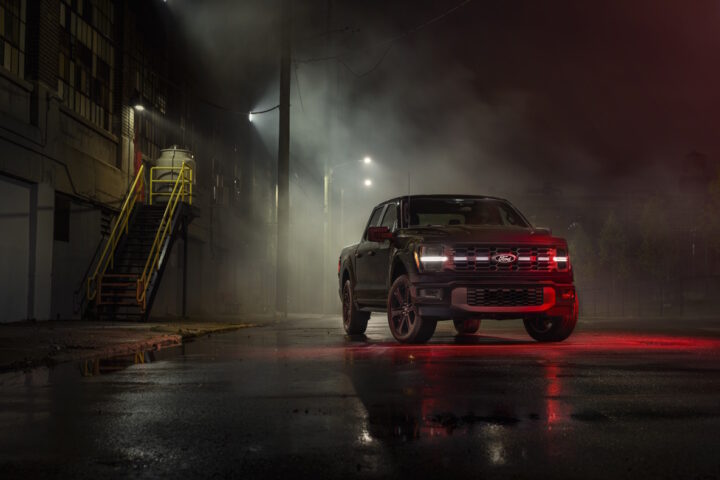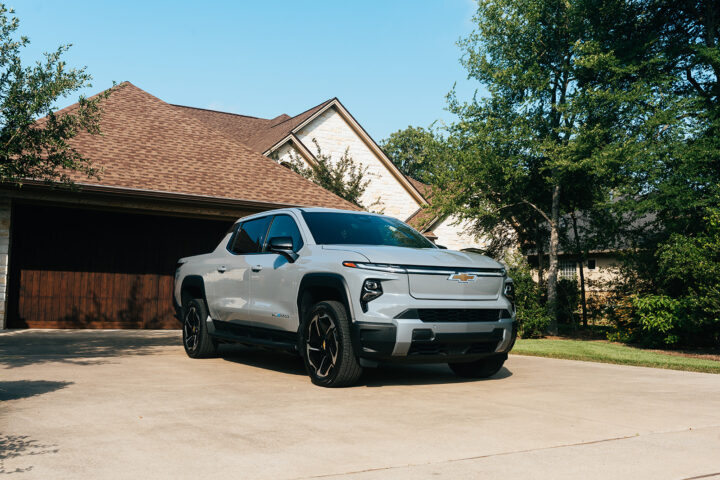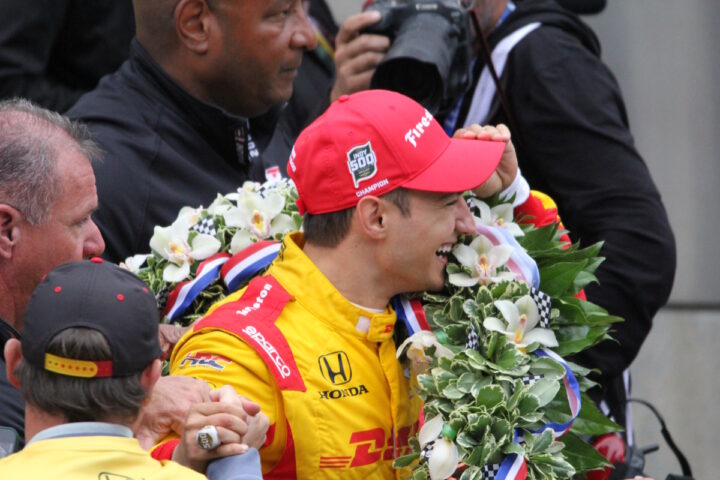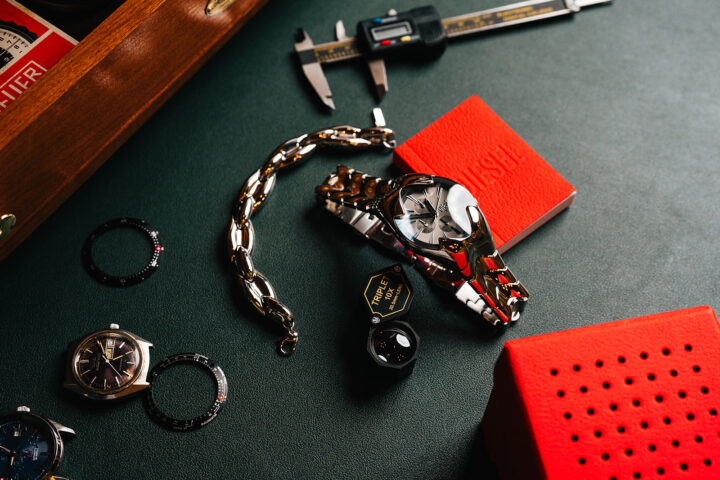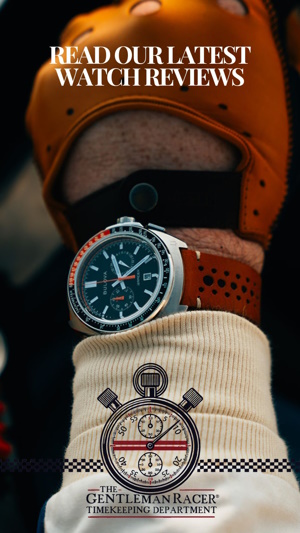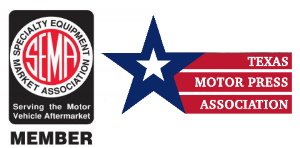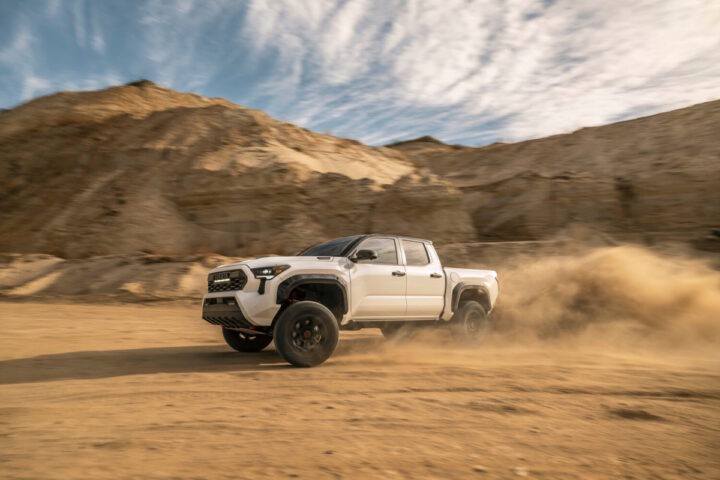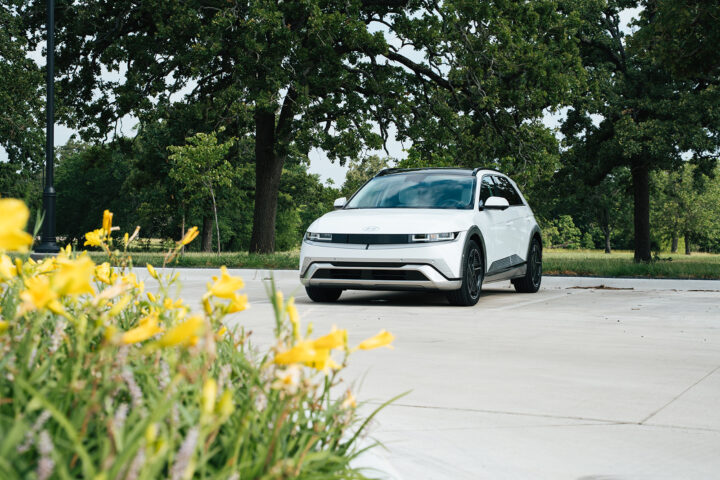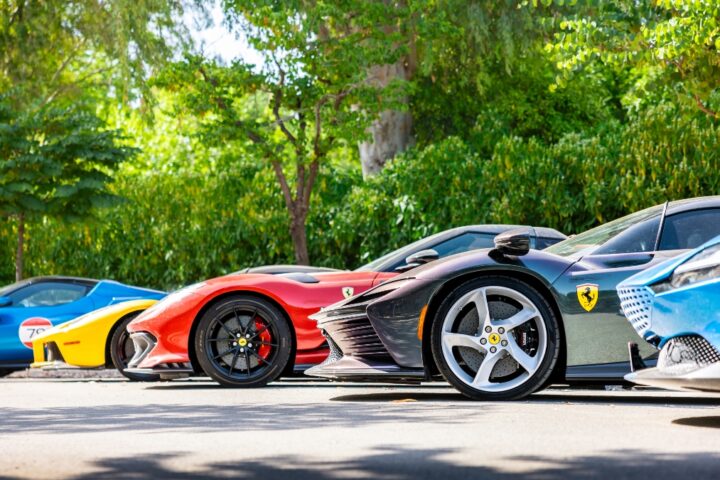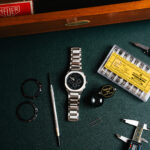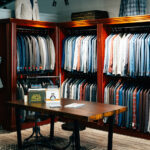Ralph Lauren never set out to be a fashion designer. Not really. His goal wasn’t to chase trends or make fast fashion. He wanted to build a world. And if you’ve ever buttoned up a weathered RRL denim shirt before a Sunday drive in your Alfa, you know exactly what that world feels like.
Double RL, named after Lauren’s Colorado ranch, isn’t just a sub-brand. It’s a flag planted deep in the soil of Americana. It’s a brand that speaks fluently in the dialect of patina, provenance, and purpose. RRL isn’t fashion in the traditional sense. It’s closer to an identity, the sartorial equivalent of a well-worn tool chest or an oil-stained shop rag folded neatly in a back pocket. For car guys who gravitate toward barn finds, original paint, and the subtle romance of an unmolested odometer, RRL isn’t just clothes. It’s a kind of code.
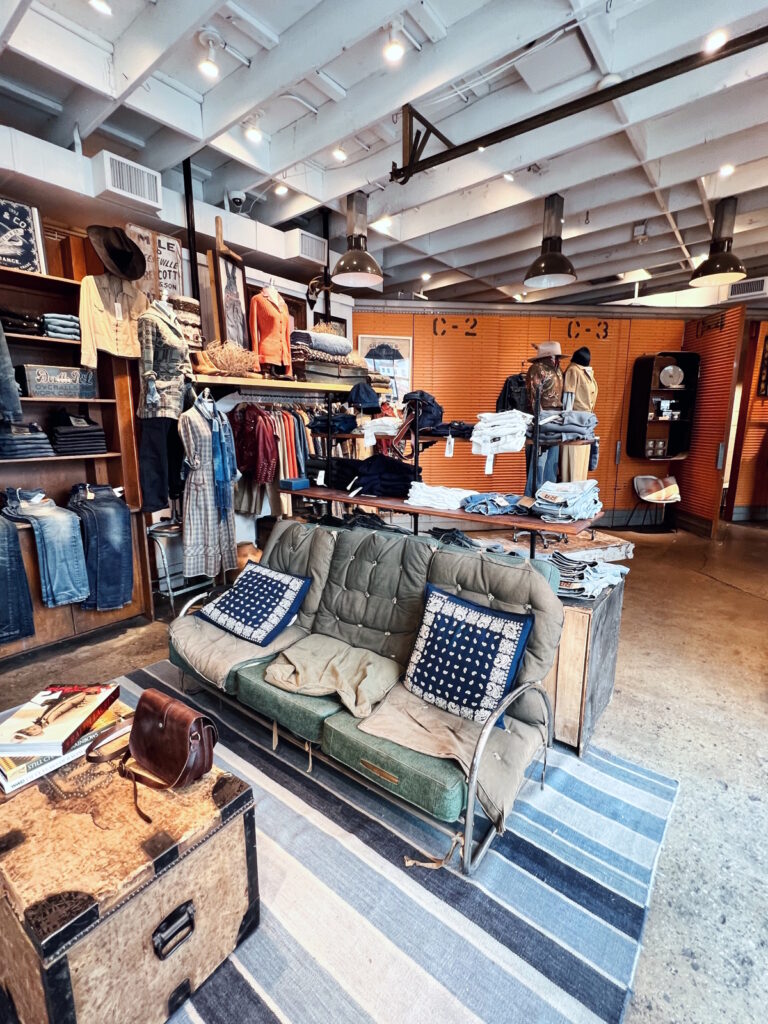
Double RL: Gear That Ages Like a Good Carburetor
The appeal is immediate if you’re paying attention. Double RL jeans are often made from Japanese selvedge denim, woven slow and right, dyed with care, and chain-stitched on vintage Union Specials that haven’t seen a touchscreen in their lives. Their jackets are waxed, weighty, and lined in flannel that looks lifted from a sleeping bag in a ‘60s Land Rover. You’ll find details, copper rivets, triple-needle stitching, and rough-out leather that feels lifted from a military surplus store in 1944 or a general store in West Texas.
And yes, it’s expensive. But then again, so is a NOS Jaeger tachometer or a set of magnesium wheels from Campagnolo. What RRL offers is the same thing a rare factory service manual or a vintage Heuer dash timer offers: authenticity. The kind that can’t be faked or mass-produced.
Where Style and Substance Meet
Walk through the paddock at the Goodwood Revival, and you’ll see it: faded RRL chinos tucked into engineer boots, sleeves rolled just above grease-stained forearms, an old Elgin or Breitling peeking out from beneath a cuff. You can spot it at The Quail, during the Mille Miglia, or over coffee at a Cars and Coffee meet in Austin. The Double RL guy isn’t trying to stand out. He’s trying to tell a story. His story. One of long drives, late nights in the garage, and the kind of quiet confidence that comes from knowing the difference between a 289 HiPo and a 302 Windsor.
The crossover between RRL collectors and car enthusiasts isn’t accidental. Both groups are obsessed with details, drawn to scarcity, and prone to falling down rabbit holes in search of “the one.” Whether it’s a double-pleated cavalry twill pant from the 2013 season or a 1973 Carrera RS Touring, the thrill of the hunt is the same.
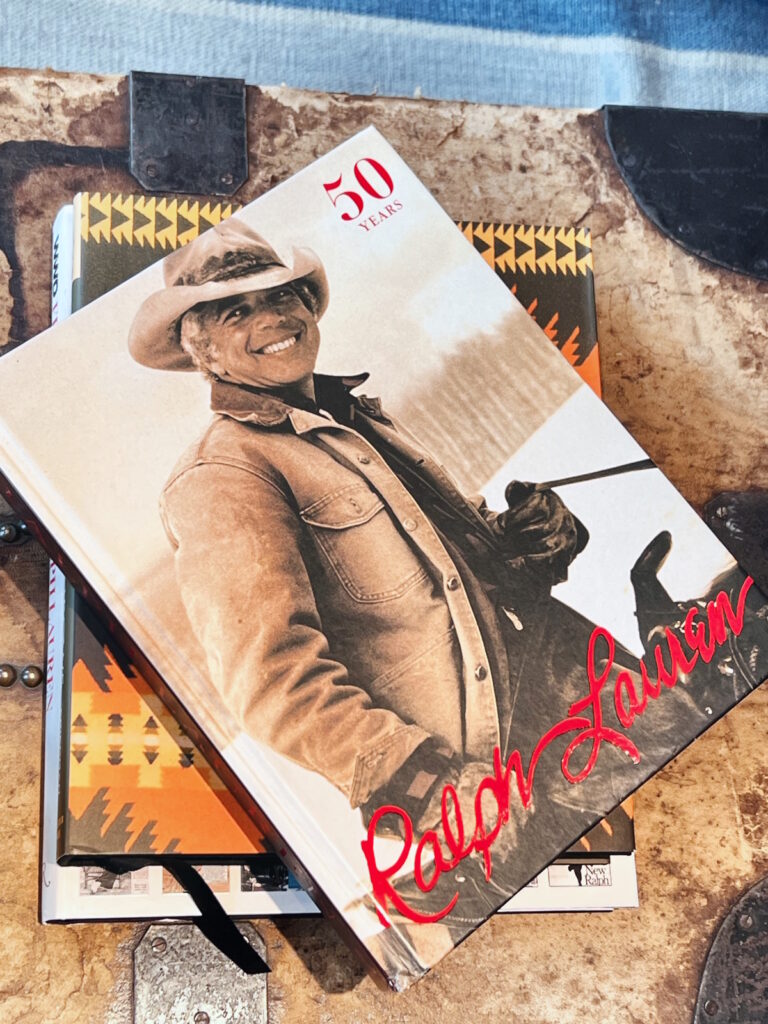
The Collector’s Mentality
Double RL drops are limited, unpredictable, and often vanish without warning. The brand doesn’t do big ad campaigns. There’s no influencer army or TikTok dance challenge. Instead, there are Reddit threads with serial catalogers, Instagram accounts dedicated to seasonal lookbooks, and eBay sellers who speak in SKU codes. It’s not unlike trying to track down a rust-free Bronco in a world of resto-mod Frankensteins. You either know what you’re looking for, or you don’t.
And when you finally score that grail piece, maybe a suede trucker that looks like it could have belonged to Steve McQueen on the set of Le Mans, it feels like a small victory. You didn’t just buy something. You found it.
Built for the Man Who Builds Things
There’s something deeply analog about Double RL. It’s the clothing equivalent of a cast-iron torque wrench or a handmade shift knob. You feel it in the weight of the fabric, the creak of leather, the perfectly imperfect fade of indigo over time. These are garments that don’t get replaced, they get repaired, patched, passed down.
Lauren’s personal garage is a testament to this ethos: a curated stable of prewar Bugattis, Ferraris, and Alfa Romeos that aren’t just museum pieces; they’re driven. His love of machinery, of history and craftsmanship, seeps into Double RL like the scent of motor oil into canvas. The clothes are made for men who tinker, who appreciate objects that improve with use. A scuffed boot, a frayed collar, a sun-faded cap, all badges of honor.

That’s why you’ll find RRL duffels tossed casually in the corner of garages across the country, next to tool rolls, racing gloves, and boxes of spare jets. It’s not lifestyle marketing. It’s life.
Double RL works because it resists the disposable. It’s not interested in what’s trending. It’s grounded in a belief that good design is timeless, and that utility is its own kind of elegance. In that way, it mirrors the best of car culture. Not the polished concours stuff (though there’s room for that, too), but the gritty, hands-on, spend-a-weekend-under-it kind of love affair with machines that still have stories to tell.
Double RL pieces gain character the same way your car’s leather seats do. They wear in, not out. They become better with time, because they’re built with time in mind.
In a world that’s increasingly digital, mass-produced, and chasing the next hot thing, Double RL is stubborn. It’s tactile. It’s the long way home. And for those of us who still believe that things should be built to last, who think a well-balanced carburetor is a kind of poetry, and who like our clothes like we like our cars, real, rugged, and just a little rough around the edges, RRL feels like home.
So maybe that’s why we keep coming back. Not because it’s cool. But because it’s honest. Because it reminds us that style isn’t something you wear. It’s something you live.

